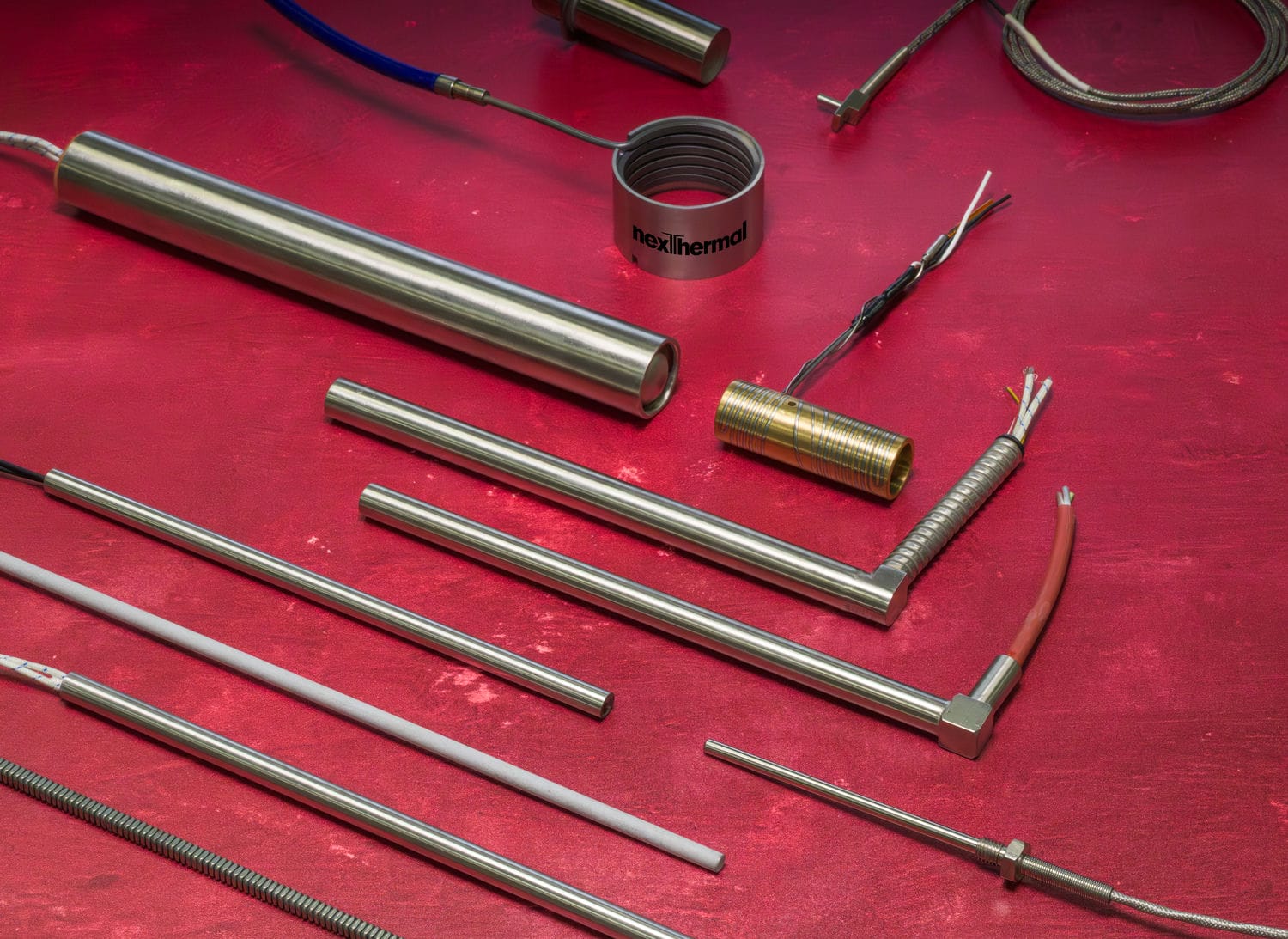Temperature sensors are tools that measure either the air temperature or the temperature of the liquid or any solid matter. They are extensively used to measure temperatures in many different applications across several industries. There are various types of temperature sensors, and they each use a unique technique to measure the temperature. The most common types of temperature sensors are thermistors, resistance temperature detectors (RTDs), thermocouples, semiconductors, and temperature probes.
What are Thermocouples?
Thermocouples are sensors that are used to measure the temperature. These temperature sensors contain two wires made up of different types of metals to produce voltage. The voltage thus produced is directly proportional to the temperature difference between the thermocouple conductors. Thermocouple wires are used to make the sensing part, also called the thermocouple probe. The wires in these thermocouple probes are welded together so that they are joined at each end. One junction is where the temperature has to be measured and the other is kept at a constant lower temperature. This is called the Seebeck effect.
Thermocouples are nonlinear, which implies that the signal they produce is not proportional to the temperature they are measuring. Among the other sensing elements like thermistors, semiconductors and RTDs (Resistance Temperature Detectors), thermocouple sensors are the most favored type of sensing element used to measure temperature in industrial applications.
Types of Thermocouples
There are many types of thermocouples that are selected based on the applications that they are intended for. Thermocouples can also be selected based on the temperature range that the applications engage in and the sensitivity required by these processes. Thermocouples are made up of different types of metals and also a combination of two or more metals.
The most common types of thermocouples are Types J, K, T, E and N, while the noble metal thermocouples, Types R, S, C and GB are high-temperature calibrations. Noble metal thermocouples are made up of precious or noble metals like Platinum and Rhodium. These are typically used in oxidizing or inert applications and are mostly preferred in processes that are carried out at high temperatures.
Common thermocouple materials include copper (Type T), iron (Type J), and chromel/alumel (Type K). When many thermocouples made of the same material are connected in series a thermopile is formed.
Benefits of Thermocouple Temperature Sensors
The below factors are what make thermocouples the most preferred options among other sensing elements:
- Self-powered
An external power source is not needed as the output EMF (electromotive force) increases according to temperature changes, making the thermocouple self-sufficient in its working.
- Simple yet sturdy
With respect to the design, the thermocouples are simple yet sturdy. They are made of different types of high-strength metals like aluminum, copper and platinum.
- Low cost
Thermocouples are less expensive in terms of price as compared to RTDs.
- A Broad range of temperature sensing
Thermocouples can directly measure the temperature in an application and they can measure temperatures up to 2,600° C.
- Quick response
Thermocouples have quicker response times as compared to other sensing elements.
It is because of these benefits that thermocouple sensors are the perfect temperature measuring device for a number of industrial applications such as fog machines, industrial ovens, electric furnaces, gas turbines, kilns, diesel engines, steel industries, power generation, biotech, pharmaceuticals, etc. Thermocouples are also excessively used in science and industry.
How to Choose the Right Type of Thermocouple?
Every type of thermocouple has a different sensitivity and a different temperature range. They are often selected based on the following factors:
- High temperature limits
- Wide temperature ranges
- Low cost
- Extreme durability
- Fast response time
- Self-sufficient or self-powered (they do not require a current or voltage source)
- Small diameter
- Multi-point sensing
When selecting a thermocouple the following features must be considered:
- Decide the application where the thermocouple is to be used
- Examine the temperature ranges
- Check out any chemical resistance needed for the thermocouple or the sheath material.
- Humidity
- Shock and vibration
- Installation requirement
- Check how important and quick is the response time
In an ideal environment and if properly installed and maintained, thermocouples last for significantly longer durations. Metal fatigue can cause the thermocouple to fail or break. When thermocouples are regularly exposed to extreme heat stress or extreme conditions they are more likely to go through metal fatigue. When thermocouples start to give out unusual temperature readings it may be due to the same reason.











